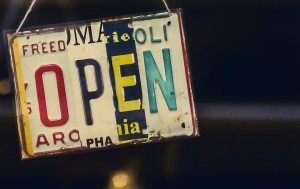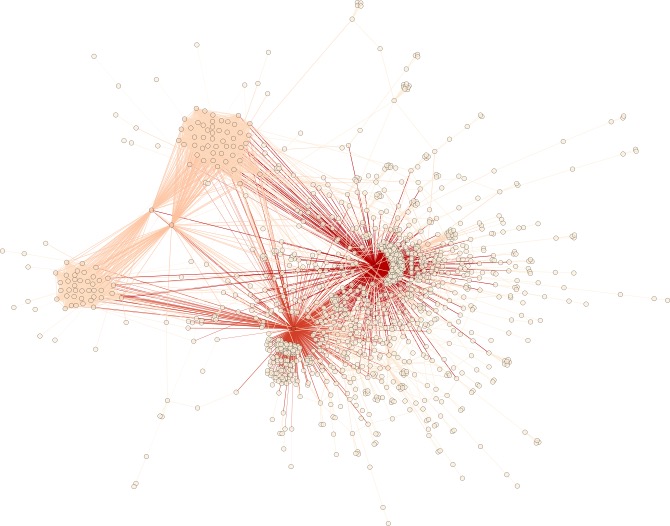The network of collaborations in an open source project can reveal relevant emergent properties that influence its prospects of success.
In our recent joint work with the Open University of Catalunya / ICREA, we analyze open source projects to determine whether they exhibit a rich-club behavior, that is a phenomenon where contributors with a high number of collaborations (i.e., strongly connected within the collaboration network) are likely to cooperate with other well-connected individuals.
 The presence or absence of a rich-club has an impact on the sustainability and robustness of the project. In fact, if a member of the rich club leaves the project, it is easier for other members of the rich club to take over. Less collaborations would require more effort from more users.
The presence or absence of a rich-club has an impact on the sustainability and robustness of the project. In fact, if a member of the rich club leaves the project, it is easier for other members of the rich club to take over. Less collaborations would require more effort from more users.
The work has been presented at OpenSym 2019, the 15th International Symposium on Open Collaboration, in Skövde (Sweden), on August 20-22, 2019.
The full paper is available on the conference Web Site (or locally here), and the slides presenting our results are available on Slideshare:
For this analysis, we build and study a dataset with the 100 most popular projects in GitHub, exploiting connectivity patterns in the graph structure of collaborations that arise from commits, issues and pull requests. Results show that rich-club behavior is present in all the projects, but only few of them have an evident club structure.
For instance, this network of contributors for the Materialize project seems to go against the open source paradigma. The project is “owned” by very few users:
 Established in 2014 by a team of 4 developers, at the time of the analysis it featured 3,853 commits and 252 contributors. Nevertheless, the project only has two top contributors (with more than 1,000 commits), which belong to the original team, and no other frequent contributors.
Established in 2014 by a team of 4 developers, at the time of the analysis it featured 3,853 commits and 252 contributors. Nevertheless, the project only has two top contributors (with more than 1,000 commits), which belong to the original team, and no other frequent contributors.
For all the projects, we compute coefficients both for single source graphs and the overall interaction graph, showing that rich-club behavior varies across different layers of software development. We provide possible explanations of our results, as well as implications for further analysis.


